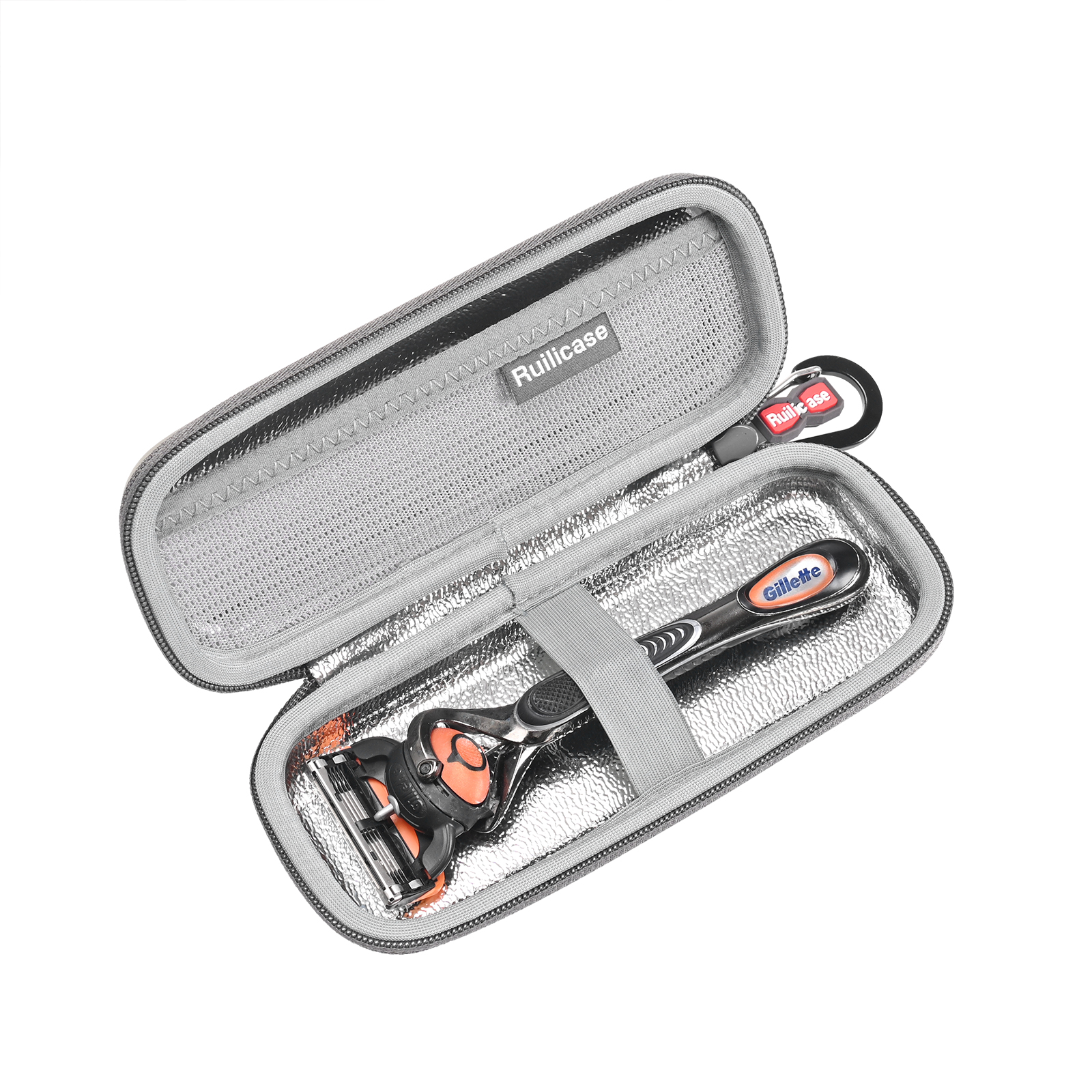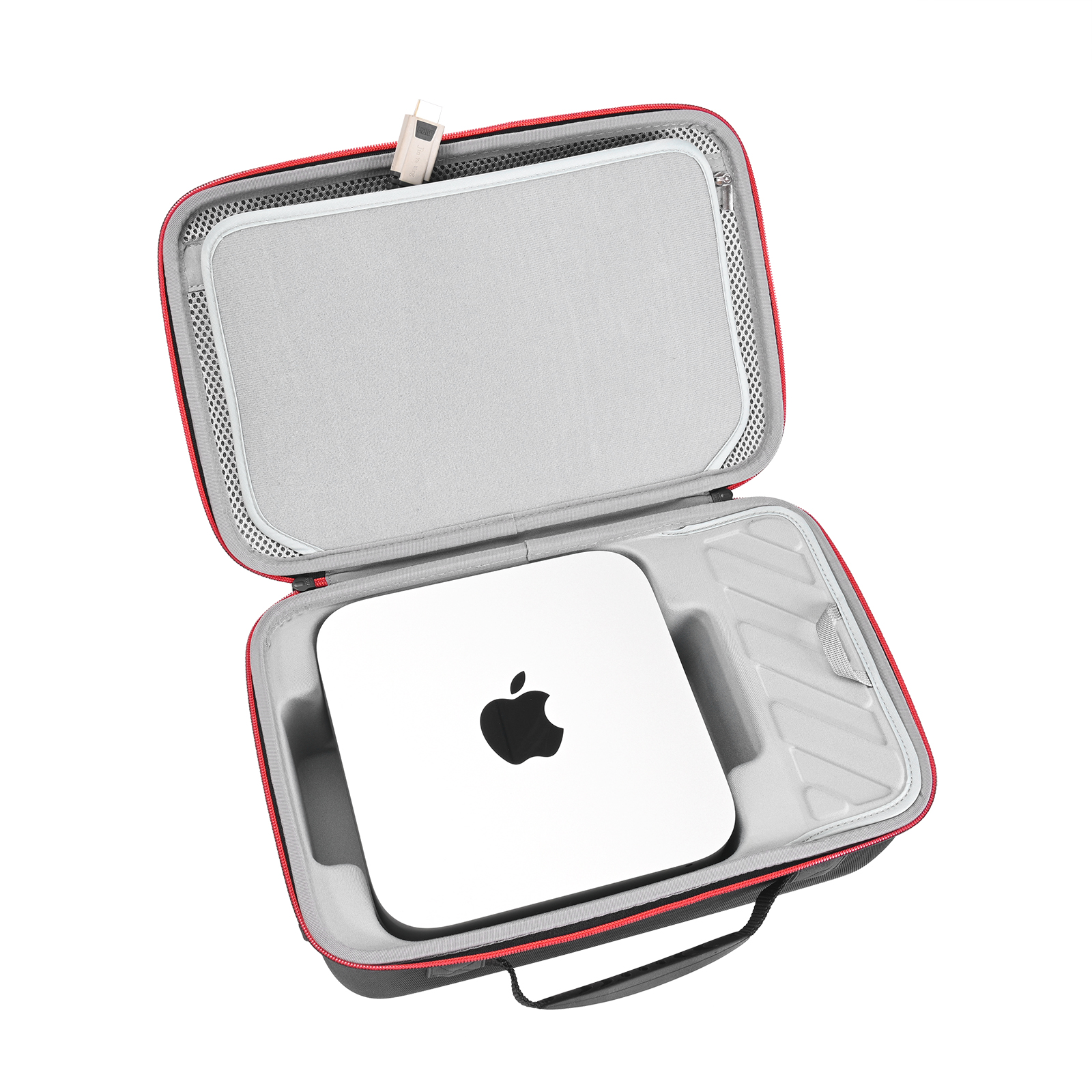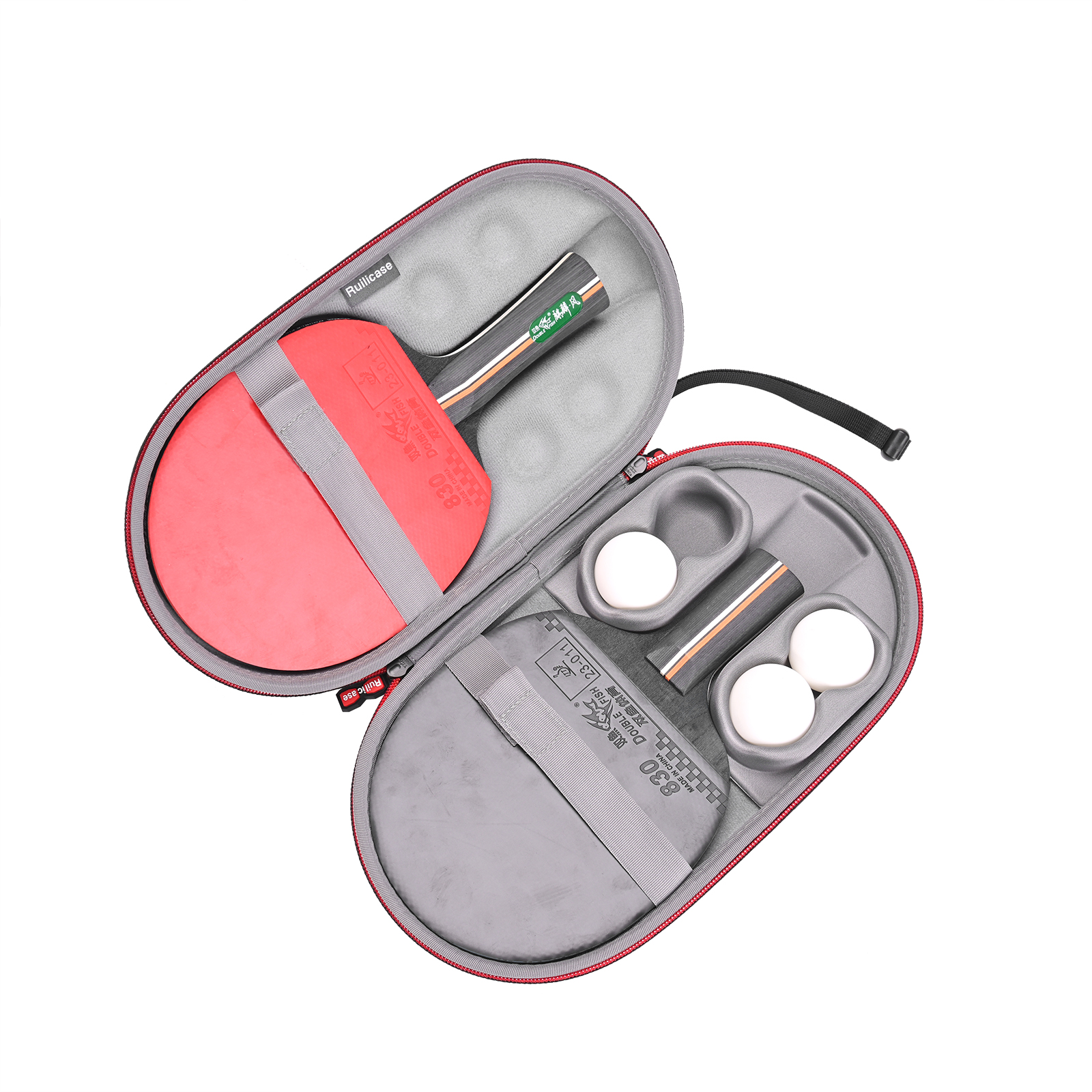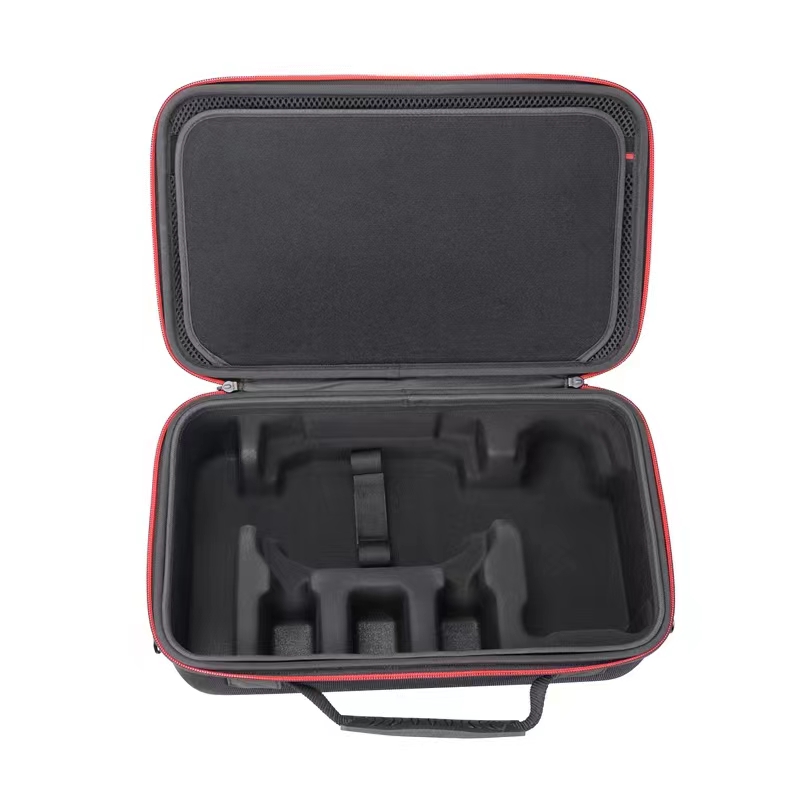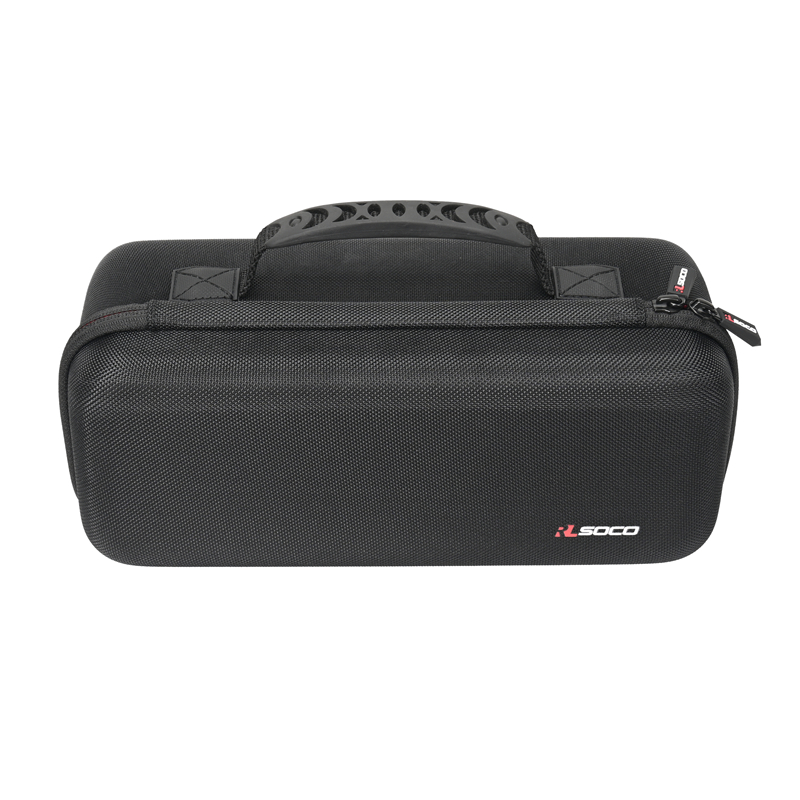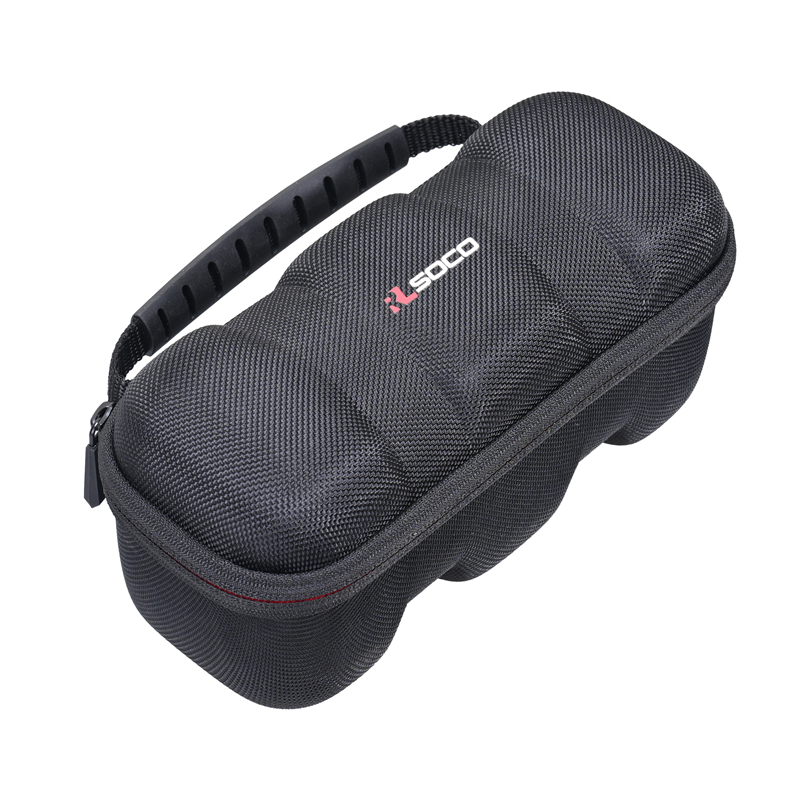What is EVA?
EVA is a copolymer of Ethylene Acetate (ethylene acetate), which is copolymerized by ethylene (E) and ethylene acetate (VA). EVA is Ethylene Vinyl Acetate, also known as EVA, or E/VAC. Generally, the content of vinyl acetate (VA) is 5% ~ 40%. Compared with polyethylene, EVA reduces crystallinity and improves flexibility, impact resistance, filler phase solubility and thermal sealing performance due to the introduction of ethylene acetate monomer into the molecular chain. Generally speaking, the properties of EVA resin mainly depend on the content of ethylene acetate in the molecular chain. Because the proportion of components can be adjusted to meet the needs of different applications, the higher the content of vinyl acetate (VA content), its transparency, softness and tenacity will be relatively improved.
Polymerization method with high pressure bulk polymerization (plastic), solution polymerization (PVC processing AIDS), emulsion polymerization (binder), suspension polymerization. The content of vinyl acetate (VA) is higher than 30% by emulsion polymerization, low content of vinyl acetate by high-pressure bulk polymerization.
A, features,
EVA resin is characterized by good softness, rubberlike elasticity, good flexibility at -50℃, good transparency and surface gloss, good chemical stability, good anti-aging and ozone resistance, and no toxicity. Good mixing with filler, good coloring and forming processing.
It is closely related to the content, molecular weight and melting index of ethylene acetate. When the melt index (MI) is fixed and the content of vinyl acetate (VAC) is increased, the solubility, softness and transparency of the solubility are also improved. When the VAC content is reduced, the performance is close to that of polyethylene, with increased rigidity, wear resistance and electrical insulation. If VAC content is constant and the melt index increases, the softening point decreases, the workability and surface gloss improve, but the strength decreases; otherwise, the molecular weight increases with the decrease of MI, and the impact performance and environmental stress cracking resistance improve. The polarity of acetate increases elasticity and viscosity, decreases crystallinity and electrical properties, and dissolves in hydrocarbon solvents and oils.



The characteristics of EVA and PEVA are:
1. Biodegradable: no harm to the environment when discarded or burned.
2, and PVC price is similar: EVA is more expensive than the toxic PVC, but relatively does not contain phthalate PVC is cheaper.
3. Light weight: the density of EVA ranges from 0.91 to 0.93, while PVC is 1.32.
4. It does not contain odor: EVA does not contain odor like ammonia or other organic ammonia.
5, free of heavy metals: in accordance with the relevant international toy regulations (EN-71 Part 3 and ASTM-F963).
6, does not contain phthalate: suitable for children's toys and will not produce plasticizer release risk.
7, high transparency, softness and tenacity: a wide range of applications.
8, super low temperature resistance (-70C) : suitable for freezing environment.
9. Resistance to water, salt and other substances: it can maintain stability under most applications.
10, high heat adhesion: can be firmly attached to nylon, polyester, canvas and other cloth.
11, low fitting temperature: can accelerate the production speed.
12, can be screen printing and offset printing: can be used for multi-pattern products (but must use EVA ink).
Second, the purpose
EVA resin is widely used. In general, the main products of EVA with ethylene acetate content below 5% are film, wire and cable, LDPE modifier, adhesive, etc.; EVA products with ethylene acetate content in 5%~10% are elastic films, etc. EVA with ethylene acetate content of 20~28% is mainly used for hot melt adhesives and coating products. Ethylene acetate content in 5%~45%, the main products for film (including agricultural film) and sheet, injection molding, molding products, foaming products, hot melt adhesives, etc. Such as:
(1) Film, thin film and laminated products: with sealing, adhesion, softness, strength and toughness, shrinkage, suitable for elastic packaging film, thermal shrinkage film, agricultural film, food packaging film, laminated film, can be used as the middle layer of polyolefin laminated film.
(2) General supplies: with flexibility, environmental stress cracking resistance, good weather resistance, suitable for industrial materials such as electric wire insulation bag, household electrical accessories, window sealing materials, etc.
(3) Daily groceries include sporting goods, toys, cushions, belts, sealed container covers, EVA rubber football, etc.
(4) Auto parts are shock absorber, fender, car interior and exterior decoration accessories, etc
(5) Foaming products: pressure foaming foam plastic slippers, sandals, building materials, etc. Injection molding foam has a variety of industrial parts, women's soles, hot melt adhesives and so on.
Three, ethylene - vinyl acetate copolymer molding processing
EVA can be injection molding, extrusion, blow molding, calendering, rolling vacuum thermoforming, foaming, coating, heat sealing, welding and other molding processes.
Four, consumption of EVA material in China
The market consumption of EVA resin in our country was about 290kt in 2001. With the development of our shoe industry and the increasing amount of function shed film, our demand for EVA resin will also increase year by year.
(1) Foaming shoe materials
Shoe material is the main application field of EVA resin in our country. In the EVA resin used in shoe material, the content of ethylene acetate is generally 15% ~ 22%. Because EVA resin blended foamed products have the properties of softness, good elasticity and chemical corrosion resistance, they are widely used in the soles and interior materials of middle and high grade travel shoes, hiking shoes, slippers and sandals. In addition, this material is also used in the field of sound insulation, gymnastics mat and sealing material. Shunde and Zhongshan in Guangdong Province, Jinjiang and Quanzhou in Fujian Province and Wenzhou in Zhejiang Province are the main production bases of the shoe industry in China, which consume a large amount of EVA resin products every year. In 1999, the fields of foaming shoe materials and shock absorption consumed EVA resin about 150kt.
(2) Thin film
The main use of EVA film is to produce functional shed film. Functional shed film has high weatherability, anti-fog and heat preservation properties, because polyethylene does not have polarity, even if a certain amount of anti-fog agent is added, its anti-fog performance can only maintain about two months; The shed film made by adding a certain amount of EVA resin not only has higher light transmittance, but also has a great improvement in anti fog droplet performance, generally can be more than four months. In addition, EVA can also be used to produce packaging film, medical film, laminating film, casting film and so on.
In 1999, our country had more than 50 enterprises using EVA resin processing thin film. In 1999, a total of 800kt shed film was produced in China, among which the functional shed film 220kt, consumption of EVA resin 30kt or so, coupled with packaging film, medical film and other fields, the total consumption of EVA resin 37kt in the film field.
(3) Wire and cable
With the development of computer and network engineering, more and more halogen-free flame retardant cables and silane crosslinked cables are used for the safety of computer room. EVA resin is widely used in halogen-free flame retardant cables, semiconductor shielded cables and two-step silane cross-linked cables because of its good packing inclusivity and cross-linking ability. In addition, EVA resin is also used to make the sheath of some special cables. EVA resin used in wire and cable, ethylene acetate content is generally 12% ~ 24%. In 1999, the wire and cable industry consumed about 6000t EVA.
(4) Toys
EVA resin also has many applications in toys, such as child wheels, seat cushions and so on. In recent years, Chinese toy processing industry has developed rapidly, production is concentrated in Dongguan, Shenzhen, Shantou and other places along the coast, mainly for export and external processing. According to the analysis, these manufacturers consume about 5000t EVA resin every year, and the brand used is basically the same as the shoe material.
(5) Hot melt adhesive
Hot melt adhesive with EVA resin as the main component is very suitable for automatic assembly line production because it does not contain solvent, does not pollute the environment and has high safety. Therefore, it is widely used in wireless bookbinding, furniture edge sealing, automobile and household appliances assembly, shoe making, carpet coating and metal anticorrosive coating.
Hot melt adhesives mainly use ethylene acetate content in 25% ~ 40% varieties. Although THE DOMESTIC PRODUCT HAS THIS BRAND, BUT DID NOT ARRANGE production for a long time, BECAUSE THIS IS ALL occupied BY import material. In 1999, it was estimated that the consumption of EVA resin in the field of hot melt adhesive was 17kt.
(6) Others
EVA resin is also widely used in ink, bags, wine bottle cover and other fields. It is estimated that the consumption of EVA resin in these aspects is not less than 15kt.



